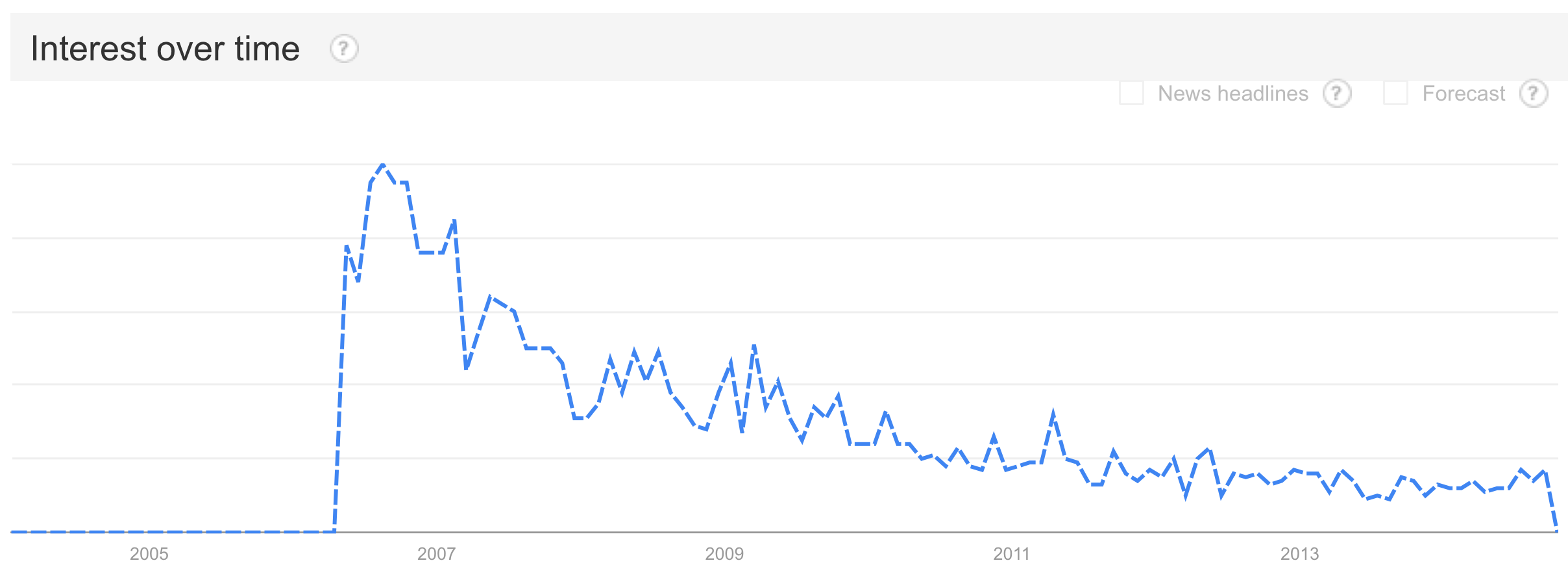Why am I differentiating Flatangle
Published October 12, 2014
The beginning of a new project is always an exciting time. Everything is quite new and you have the opportunity to make big decisions than can lead to great results. You can choose the project name, the overall style, design user interfaces, choose which features are important and which communication channels will be used.
But things do not always work as expected. In recent years, I've been developing a traditional astrology software called skyPlux. I had a website, a functional desktop application, beta-testers, a youtube channel, and even some positive reviews. But the lack of clear strategy and professional availability for the project led to the loss of momentum. It was after losing the internet domain name to someone asking me 2.000$ for it, that I decided to end the project.
A question came to my mind then: How can a person build his own small independent business?
Can a person build his own business?
I took the end of skyPlux as an opportunity to rethink my strategy, because it clearly did not work. By coincidence, at the time I found this blog post from the founder of Balsamiq where he mentioned the positive results of his small business after three weeks of existence. His entire blog was an eye-opener to me because it confirmed that a man can build his own business successfully. Since my professional background is mostly academic, and in Portugal we do not really have a culture of entrepreneurship, this was almost like a revelation to me.
I continued to search for more information about small self-made software companies, and discovered that in 2006 there was a buzz around what they called Micro Independent Software Vendors (Micro-ISV) - small companies with less than 10 developers (or just one). Although the term seems to have gone out of fashion, the idea is still relevant today, especially with the popularity of App Stores and independent video game development.

"Micro-ISV" interest over time, from Google Trends.
During my reading, I kept finding references to how marketing strategies were important in the early stages of small software startups. At this point the failure of my previous project began to make some sense to me, because, as I've never been any good with marketing or design, I overlooked it completely. As a computer programmer, I always thought that the success of a software project was about the quality of the source code, everything else being secondary. But now there were some guys saying that marketing, branding, positioning and differentiation was also important, specially for small businesses.
Put simply, the idea of positioning a software product or a brand is to make the software or brand occupy a specific place in the minds of people in your target market. Branding is about how your clients will see you. It is the answer to questions such as "Why would someone choose this software over another?", "What is this software good for?" or "Who should use this software?".
Building a marketing strategy for Flatangle
So I decided to apply these marketing strategies in Flatangle! It is essentially a way to commit to a strategy and stick to it as long as it makes sense, rather than having no strategy at all. It is a way to focus on what is important and can make a difference. There are lots of astrology software vendors out there, and without a clear differentiating factor Flatangle is just another one, like a small fish on a big pond.
After some weeks of careful thought and further reading, I decided to consider some characteristics that can help differentiate my software from what is currently offered:
- To target only traditional astrologers, both enthusiasts and professionals.
- Simple and lean, with minimalist interfaces.
- Friendly and accessible.
- Things should be well crafted and designed. Attention to detail does matter!
- It should solve people's problems.
By doing only traditional astrology software, I'm reducing the number of potential costumers. However, I'm also reducing the number of potential competitors. This is what is generally called niche market. Besides, I myself am a traditional astrologer, and, as someone said, it is better to be a big fish in a small pond than a small fish in a big pond.
Although I mention simple, lean and minimalist interfaces, the truth goes deeper than that. In fact I aim for simplicity and minimalism also in source code and all my designs. It is all about how less is more applied to computers. It allows for structure, clarity and refinement as found in the Manifesto for Minimalist Software Engineers.

I could work everyday in a place like this..
Finally, I want my software to include features that solve real problems of people. Minimalism and simplicity in software is not about less features, but on the inclusion of those features that bring real value. Why would an astrology software include a half-baked 3D Planetarium when there are excellent and updated Planetariums out there?
Will this differentiation strategy work?
I don't know, everything is still open, and statistics are against me. However, compared to my previous projects, this brand positioning thing has clearly given me a sense of structure and a path to follow. But there is more on marketing than this, and I will write about in the future.
See you soon!